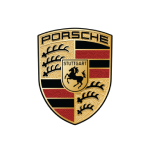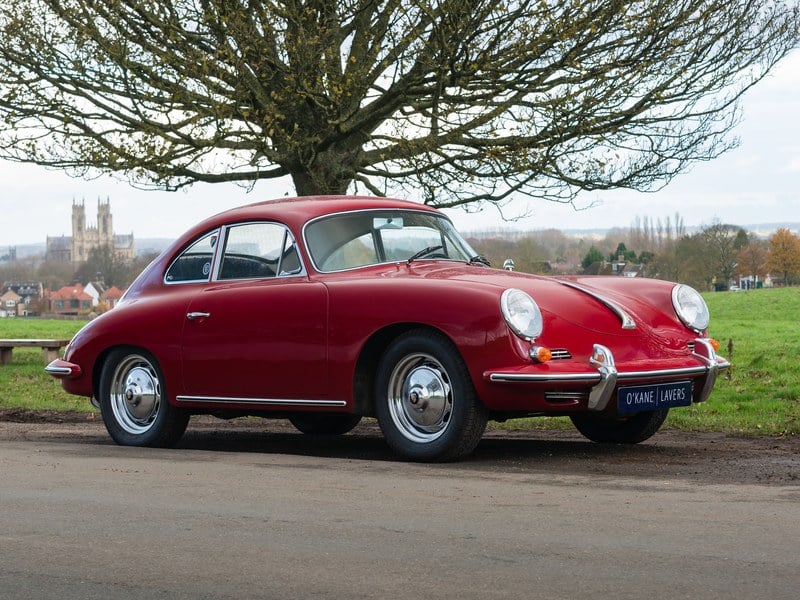Description
LUX CLASSICS ARE DELIGHTED TO OFFER THIS RESTORED 1963 LHD PORSCHE 356B T6 COUPE SUPER 90, IN THE DESIRABLE COLOUR COMBINATION OF SLATE GREY WITH BLACK INTERIOR.
DATE OF MANUFACTURE: 1963 | COLOUR: SLATE GREY | INTERIOR TRIM: BLACK LEATHERETTE
THE APPEAL
The 356's design, simplicity, and lightweight construction are responsible for the huge Porsche success story that followed. Its distinctive looks and unique driving experience defined the Porsche brand, and changed the sports car market forever. Today, with that heritage to bear, it's no surprise the charming little 356 has become hugely desirable and collectible.
THIS VEHICLE
This restored 1963 Porsche 356B Super 90 with coachwork by Karmann, is one of the best driving 356s we have experienced. Complimented by a lovely gear shift, the 90hp engine pulls very well with smooth power delivery.
Presenting extremely well, it?s now in our workshops under preparation for sale.
Please enquire for more information.
It is available for viewing in the UK on an appointment basis, and would suit an enthusiast or collector with whom this vehicle will represent a good acquisition opportunity.
On Sale on behalf of its owner as a consignment sale.
WARRANTY & FINANCE AVAILABLE
MODEL HISTORY & PRODUCTION
The first Porsche 356 rolled off the production line in Stuttgart in 1950. Production ran until 1965 when manufacturing ceased, by which time over 76, 000 examples of various model designations had been produced.
It was Porsche?s first production vehicle, with an evolution starting with the 356 now referred to as the Pre-A, the 356A introduced in 1955, the 356B in late 1959, and the final series 356C introduced for the 1964 model year. In each form, they were built predominantly as either Coupe or Cabriolets. The Karmann-bodied Notchback coupes and cabriolets (1961-62) are especially sought after now, as is the limited production four-cam racing ?Carrera? version introduced in 1954.
The 356 was created by Ferdinand ?Ferry? Porsche (son of Ferdinand Porsche ? company founder). In 1972, during a PCA magazine interview, he summarises his thinking behind the concept as: ?I had always driven very speedy cars. I had an Alfa Romeo, also a BMW, and others... By the end of the war, I had a Volkswagen Cabriolet with a supercharged engine, and that was the basic idea. I saw that if you had enough power in a small car, it is nicer to drive than if you have a big car which is also overpowered. And it is more fun. On this basic idea, we started the first Porsche prototype.?
This lightweight approach quickly gained the 356 its popularity, and combined with its power-weight ratio, the rear-engined layout, nimble handling, and excellent build quality gave the 356 a proper driver appeal ? a proven formula that also provided a class win at Le Mans in 1951. Power outputs varied between 44hp for the original 1131cc engine and 130hp for the later 1966cc Carrera versions.
The Pre-A or ?prototype? Austrian built 356s were aluminium bodied, but when manufacturing moved to Germany, Porsche contracted Reutter to manufacture the bodies in steel, and eventually bought the company in 1963. Reutter retained the seat manufacturing sector of their business, but later changed their name to Recaro ? forming the company we?re much more familiar with today.
In October 1964, the 356?s successor, the iconic 911 made its debut ? but its enduring popularity ensured production continued well into 1965.


















